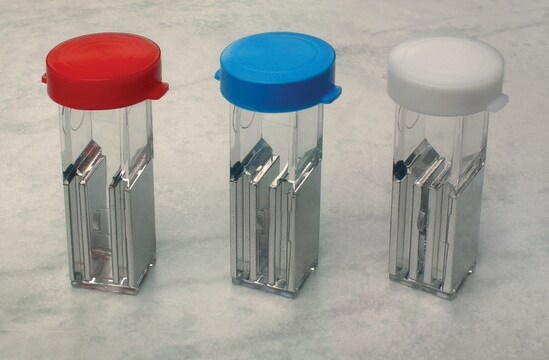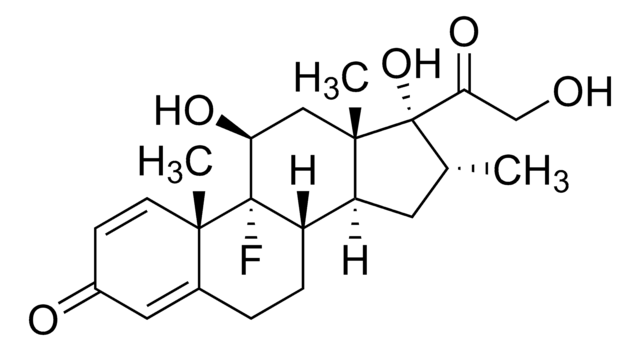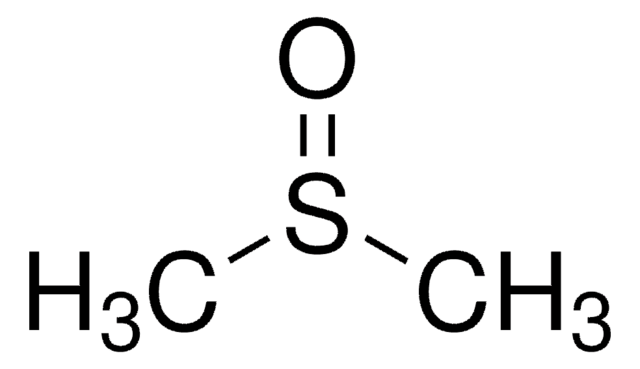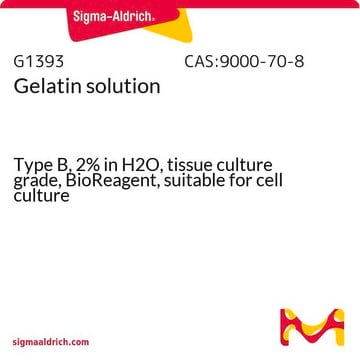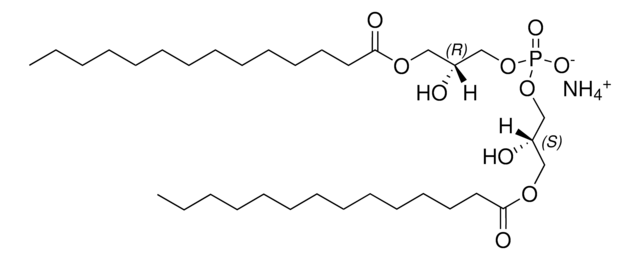추천 제품
생물학적 소스
goat
Quality Level
결합
unconjugated
항체 형태
affinity isolated antibody
항체 생산 유형
primary antibodies
클론
polyclonal
양식
lyophilized powder
종 반응성
mouse
기술
immunohistochemistry: 5-15 μg/mL
neutralization: suitable
western blot: 0.1-0.2 μg/mL
UniProt 수납 번호
저장 온도
−20°C
타겟 번역 후 변형
unmodified
유전자 정보
mouse ... Tnfrsf11b(18383)
일반 설명
Osteoprotegerin (OPG) secreted by osteoblasts and osteogenis stromal stem cells belongs to the TNF receptor superfamily. OPG is expressed in bone marrow, osteoblasts, heart, lung, kidney, thymus, B lymphocytes, chondrocytes and smooth muscle cells. The ratio of OPG and receptor activator of NF-κB Ligand (RANKL) is crucial determining the bone mass. Receptor activator of NF-κB (RANK)/RANKL/OPG axis decides the bone biology. OPG binds RANKL and prevents the activation of osteoclasts, the cells that deplete bone mass. Excess levels of OPG lead to osteopetrosis while deficiency results in osteoporosis. The RANK/RANKL/OPG pathway mediates the activation of multiple pathways such as NF-κB, Akt, JNK, and MAPK
Anti-osteoprotegerin specifically reacts with recombinant mouse OPG. The antibody may cross react with human OPG (25% homology).
Anti-osteoprotegerin specifically reacts with recombinant mouse OPG. The antibody may cross react with human OPG (25% homology).
특이성
The antibody has the ability to neutralize the biological activity of recombinant mouse OPG.
면역원
purified recombinant mouse osteoprotegerin expressed in mouse NSO cells.
애플리케이션
Anti-osteoprotegerin antibody may be used to neutralize mouse OPG at neutralization dose (ND50) of 0.5-2 μg/ml. The antibody is suitable for immunoblotting at a working concentration of 0.1-0.2 μg/ml.
물리적 형태
Lyophilized from a 0.2 μm filtered solution in phosphate buffered saline containing carbohydrates.
면책조항
Unless otherwise stated in our catalog or other company documentation accompanying the product(s), our products are intended for research use only and are not to be used for any other purpose, which includes but is not limited to, unauthorized commercial uses, in vitro diagnostic uses, ex vivo or in vivo therapeutic uses or any type of consumption or application to humans or animals.
적합한 제품을 찾을 수 없으신가요?
당사의 제품 선택기 도구.을(를) 시도해 보세요.
Storage Class Code
11 - Combustible Solids
WGK
WGK 1
Flash Point (°F)
Not applicable
Flash Point (°C)
Not applicable
개인 보호 장비
Eyeshields, Gloves, type N95 (US)
Brendan F Boyce et al.
Current osteoporosis reports, 5(3), 98-104 (2007-10-11)
Understanding of osteoclast formation and activation has advanced considerably since the discovery of the RANKL/RANK/OPG system in the mid 1990s. Osteoblasts and stromal stem cells express receptor activator of NF-jB ligand (RANKL), which binds to its receptor, RANK, on the
Anne-Priscille Trouvin et al.
Clinical interventions in aging, 5, 345-354 (2011-01-14)
Bone remodeling requires a precise balance between resorption and formation. It is a complex process that involves numerous factors: hormones, growth factors, vitamins, and cytokines, and notably osteoprotegerin (OPG) and receptor activator for nuclear factor-κB (RANK) ligand. The signaling pathway
Shabber Syed et al.
Journal of cardiovascular development and disease, 9(8) (2022-08-26)
Calcific aortic valve disease (CAVD) is a common cardiac defect, particularly in the aging population. While several risk factors, such as bi-leaflet valve structure and old age, have been identified in CAVD pathogenesis, molecular mechanisms resulting in this condition are
I Silva et al.
Acta reumatologica portuguesa, 36(3), 209-218 (2011-11-25)
The discovery of the receptor activator of nuclear factor-kB (RANK)/RANK Ligand (RANKL)/osteoprotegerin (OPG) pathway contributed to the understanding of how bone formation and resorption were processed and regulated. RANKL and OPG are members of the tumor necrosis factor (TNF) and
W C Dougall et al.
Genes & development, 13(18), 2412-2424 (1999-09-29)
The physiological role of the TNF receptor (TNFR) family member, RANK, was investigated by generating RANK-deficient mice. RANK(-/-) mice were characterized by profound osteopetrosis resulting from an apparent block in osteoclast differentiation. RANK expression was not required for the commitment
자사의 과학자팀은 생명 과학, 재료 과학, 화학 합성, 크로마토그래피, 분석 및 기타 많은 영역을 포함한 모든 과학 분야에 경험이 있습니다..
고객지원팀으로 연락바랍니다.


